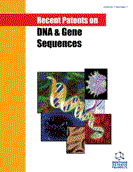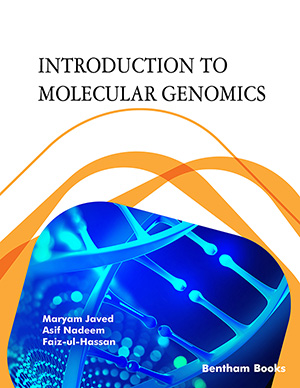Abstract
The battle against retrovirus HIV-1 has reached a critical point. Antiretroviral resistance appears under highly active anti-retroviral therapy and the use of new drug combinations capable to overcome the emerged resistance is necessary. After detecting drug resistance two main approaches are possible. The phenotypic assays study in vitro the replication ability of virus variants in the presence or absence of drugs. This approach is expensive and time consuming. The genotypic assays try to obtain information from viral sequences coding for the drug targets in order to detect mutations with low susceptibility to drugs. Although this approach is faster and cheaper, a clear interpretation of the results is not always possible. In this work, I comment and analyze some new patents that point towards more efficient resistance detection and integral data management and prediction systems performing an efficient personalized combined therapy. In the future, computational tools will be essential as exploratory and interpretation systems in order to obtain a better support of clinical decisions concerning both the prediction and the evolution of drug resistance. Importantly, the revised patents conform to this trend.
Keywords: HIV-1, antiretroviral therapy, protease inhibitors, drug resistance test
 10
10











